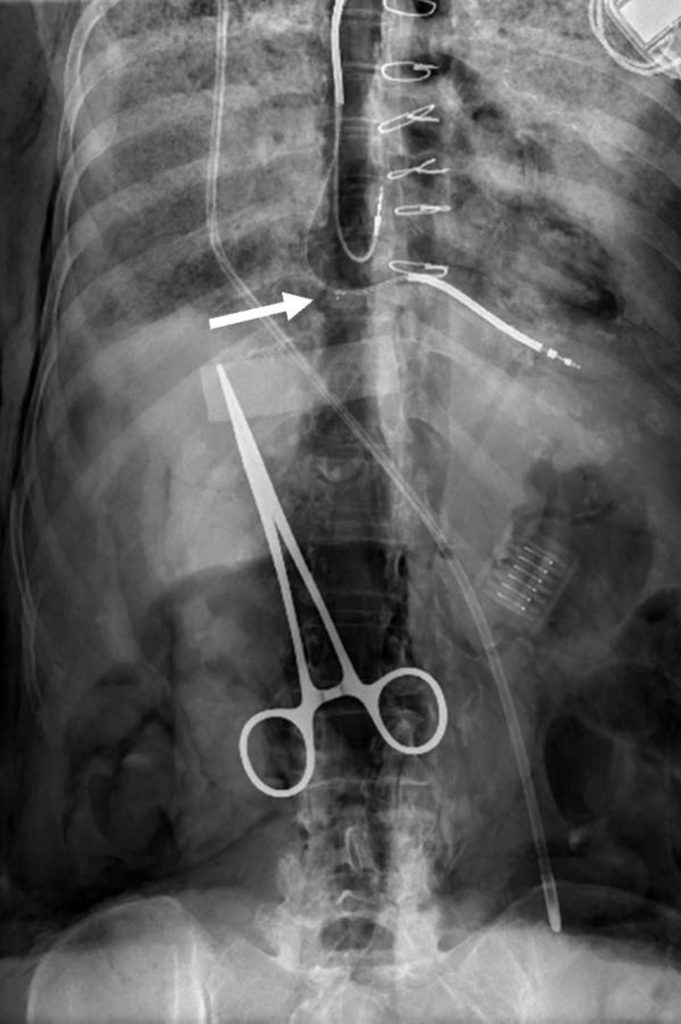
No sponge left behind: tags for surgical equipment
A simple, easy-to-implement technology could prevent the debilitating injuries that can occur when organs are damaged by surgical tools left in the body.

A simple, easy-to-implement technology could prevent the debilitating injuries that can occur when organs are damaged by surgical tools left in the body.
Items left behind in patients after surgery can have an enormous personal cost when organs and tissues are damaged. Surgical sponges are among the worst offenders – difficult to see in post-surgical X-rays and yet capable of causing holes when the intestines grow around them, for example. These rare cases, estimated around one in 3,000 surgeries that carry a risk, add up to around $1.5 billion in costs per year.
The current method of accounting for surgical tools involves counting them before and after surgery and performing an X-ray if there’s a mismatch. Without the metal bands inside them, the gauze sponges wouldn’t appear at all, but they are still difficult to see. A new, unmistakeable tag could change that – and its signature is so clear that computers can also detect it.

The tag, which is about the same size and shape as an acetaminophen tablet, contains four metal spheres, arranged at the points of a tetrahedron. This simple shape can be recognized by the computer no matter how it is turned. With human radiologists having a first look at the X-rays and then comparing their findings with a computer, over 98 percent of the tags can be seen. In contrast, as many as half of surgical sponges are missed in X-rays today.
The research team has formed the company Kalyspo, and they are building partnerships with surgical sponge manufacturers and hospitals in an effort to make the tag and software a standard part of surgical procedures, keeping patients safer.
Nikolaos Chronis, an associate professor of mechanical engineering at U-M, led the development of the tag. Theodore Marentis, then a radiology resident at U-M, identified the need for such a tag and worked with Chronis to develop and test it. Lubomir Hadjiyski, a professor of radiology at U-M, led the development of the software that locates the tags.
Chronis is also an associate professor of biomedical engineering and macromolecular science and engineering. Marentis is now a radiologist at the Mercy Medical Center in Mt. Shasta, CA.
| Left Behind | ||
|---|---|---|
| 3,500 cases occur each year | 50% of sponges are missed in post-op X-rays | $1.5B annual cost to hospitals |